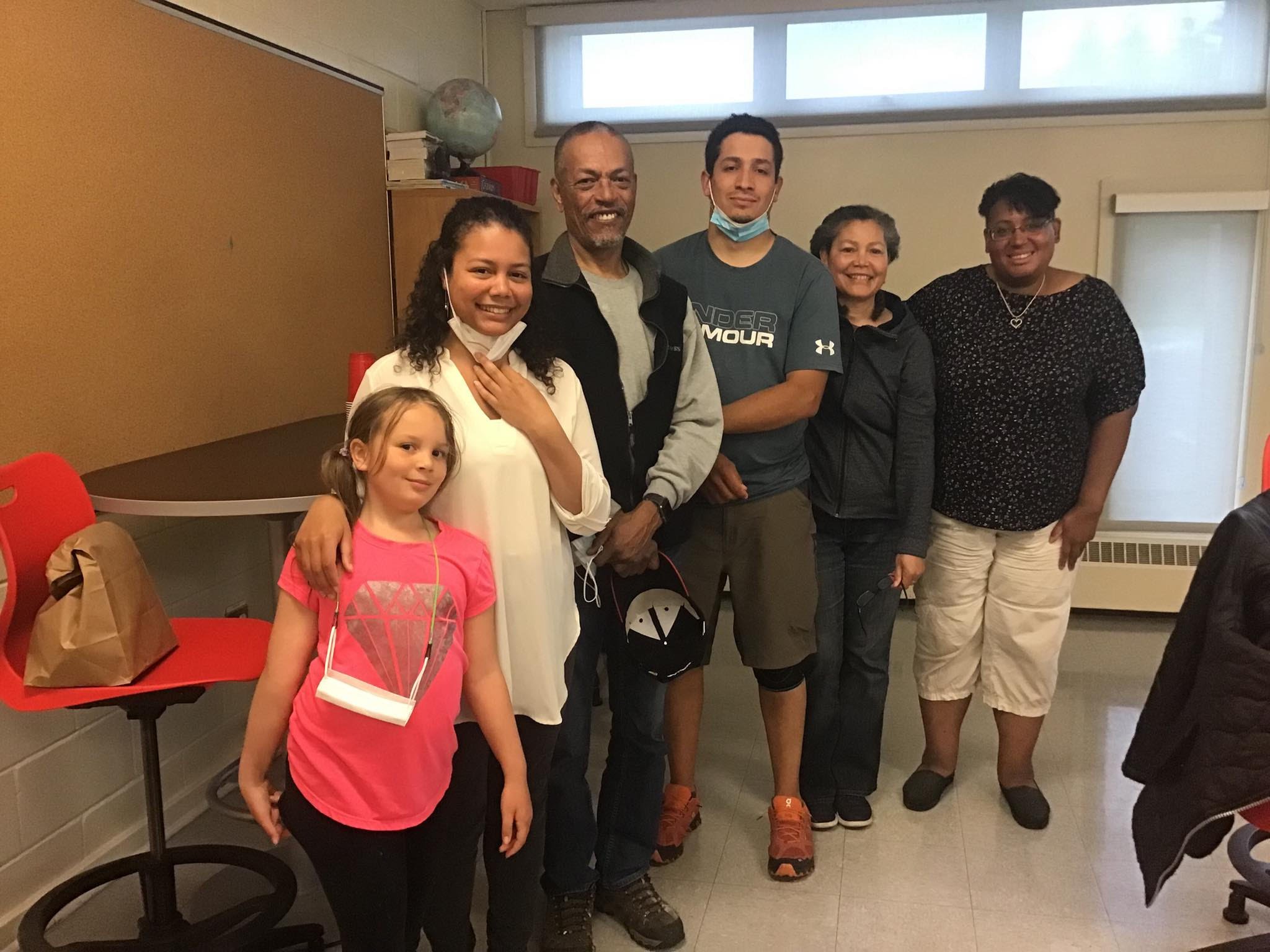And then what happened?
Intent on finding missing pieces of history, a committee of Annapolis County residents hope information from the local Black community will shed new light on the lives of Black Loyalist Descendants.
Coordinator Micha Cromwell said the group was formed in late June at a public meeting in Annapolis Royal.
More than 2,700 Black Loyalists: free, indentured, apprenticed, or still enslaved , arrived in Nova Scotia in 1783 alone as a result of the American Revolution. By 1785, they were the largest group of people of African birth and of African descent to come to Nova Scotia at any one time. Annapolis County property transaction records show Black Loyalist names as early as 1784.
Ms. Cromwell at the Rose Fortune Memorial, Garrison Graveyard, Fort Anne National Historic Site in Annapolis Royal.
Local church records and oral history indicate that early Black Loyalists, like Rose Fortune, were buried in Fort Anne Historic Site’s Garrison Graveyard. While a general idea of where those graves is known, it will take Ground-Penetrating Radar (GPR) to pinpoint them. Boreas Heritage Consulting, which in 2018 located lost Acadian graves at the Graveyard, will again lead a GPR search. This will be the first project the new committee will take on.
Ground-penetrating radar survey underway, Garrison Graveyard 2018.
"Our aim is to track down the story of Black Loyalist descendants in the County," she said. On October 24th of this year, the search at Garrison Graveyard will begin, and the public is invited to observe.
Text and photographs: Lawrence Powell




